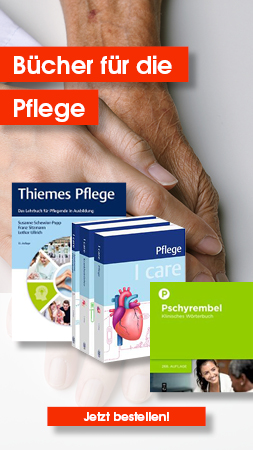Buch, Englisch, 192 Seiten, Format (B × H): 76 mm x 127 mm, Gewicht: 136 g
Reihe: Incredibly Easy! Series®
Buch, Englisch, 192 Seiten, Format (B × H): 76 mm x 127 mm, Gewicht: 136 g
Reihe: Incredibly Easy! Series®
ISBN: 978-1-9751-0026-1
Verlag: Lippincott Williams and Wilkins
Get essential pediatric nursing guidance and vital information in your pocket, with the freshly updated Pediatric Facts Made Incredibly Quick! ®, 3rd Edition.
Like having a friendly, experienced coworker at your side, this enjoyable, colorfully illustrated guide clarifies vital pediatric nursing skills and concepts, with easy-to-remember how-to’s on pediatric vital signs, pain assessments, meds administration, and more. Whether you’re a nursing student or a nurse who is new to pediatrics, this must-have quick-reference delivers on-the-spot knowledge and confidence needed to provide safe, effective care.
Get the know-how you need to succeed, with this colorful in-your-pocket guide, featuring:
· NEW and updated content on crucial pediatric nursing skills - Spiral-bound format that easily fits in your pocket for at-a-glance answers or as an on-the-unit shelf reference
- Laminated, wipe-clean pages that are perfect for notetaking
- Dozens of color photos, drawings, and diagrams that demonstrate the concise, easy-to-remember text
- Clear directions and helpful tables delineating vital technical information, including: - Lab Values – Chemistry tests, complete blood count, antibiotic levels, urine, acid-base disorders
- Meds / IV Therapy – Immunization schedules, calculations, conversions, BSA, administration methods and sites, fluid needs, IV solutions, blood compatibility, insulin
- IV solutions – Infusion therapy and rates
Color-coded tabs that provide quick access to a broad range of techniques, data, and information on areas such as: - Growth and Patterns of Development – Theories of development; expected growth rates; height and weight tables; stages of development – language, play, psychosocial, moral, intuitive; sexual maturity; preparation for hospitalization and surgery
- Assessment – Health history; length and head circumference; physical exams; abuse assessments; burns; mental health; vital signs – normal heart rates; assessment of body systems – eyes and ears, respiratory, cardiovascular, GI, urinary, nervous, musculoskeletal, hematological, immune, and endocrine
- Emergency measures – CPR, choking, ACLS algorithms
- Skills – Med administration, IVs, precautions, tracheostomy care
- Teaching – SIDS, choking, toileting, burns, poison, drowning, falls, vehicle safety
- Resources – Conversion, nutrition, sleep, cultural concerns
Important on-the-job and classroom resources – includes an English-to-Spanish guide for translations of basic terms
- “Nurse Joy” and “Jake” provide expert insights and encouragement on assessments and interventions
Clinical Editor
Mikki Meadows-Oliver, PhD, RN, FAAN, is Associate Professor of Nursing at the University of Connecticut in Storrs, Connecticut.






